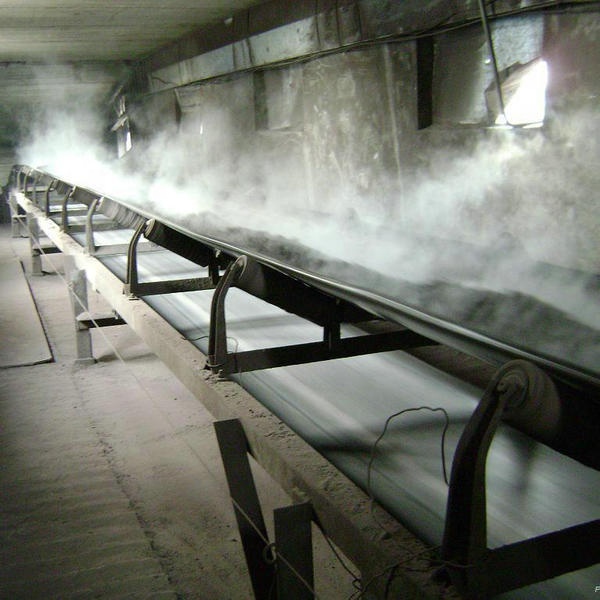Heat Resistant/High Temperature Resistant Steel Cord Conveyor Belt
Heat Resistant Conveyor Belts
Heat Resistant Belts have found wide acceptance in various Industries , heat resistant belts are required for transporting materials above temperature of 60°C. It is used for handling Material Like Sinter ,Coke, Phosphate and Clinker etc).
As per Indian Standard, We Have Heat resistant belts in four different types which has been categorized as below.
HR – T1 (suited upto 120 Deg C)
HR – T2 / SHR (suited upto 150 Deg C)
HR – T3 /UHR (suited uptp 200 Deg C)
Pyroshield 250 (suited upto 250 Deg C)
Pyroshield 300 (suited upto 300 Deg C)
HRT1 Heat Resistant Grade Belts
• HR(T1) – Our range of HR (T1) Conveyor Belts are suitable to convey material in continuous Temperature of 125 degree centigrade for coarse materials and 100 degree Centigrade for fines. Maximum Intermittent Temperature upto 125 mainly used in Paper, Foundries, Chemical & Fertilizer plants etc.
SHRT2 Heat Resistant Grade Belts
• SHR (T2) – Our range of SHR (T2) Conveyor Belts are suitable to convey material up to 125 degree centigrade for fines and 150 degree centigrade for coarse material. Maximum Intermittent Temperature upto 150 ,These Conveyor belts are mainly used for conveying Sintered ore, Pellet, Coke, and Clinker Etc.
SHRT3 Grade Heat Resistant Conveyor Belts
Our range of SHR(T3) Grade Conveyor Belts are used for high temperature applications, it is suitable to convey material in continuous Temperature of 150 degree centigrade and a peak temperature of 180 degree centigrade. Maximum Intermittent Temperature upto 180 These conveyor belts are mainly used to handle red hot materials such as Cement, Clinker, Sintered Ore and Phosphate.
Recommendations:
The Service and Performance Life of Heat resistance Belts mainly depends on Proper Selection as per Temperature of Conveying material and Construction of Belt, But there is also other factors involving which can minimize the performance, Like wear properties of the materials, the fall during loading, the size of the material, the length of the belt, the speed of the conveyor and any chemical action which may be involved. Higher thickness of the cover is also essential because the cover acts as a barrier between the heat source and the carcass.

